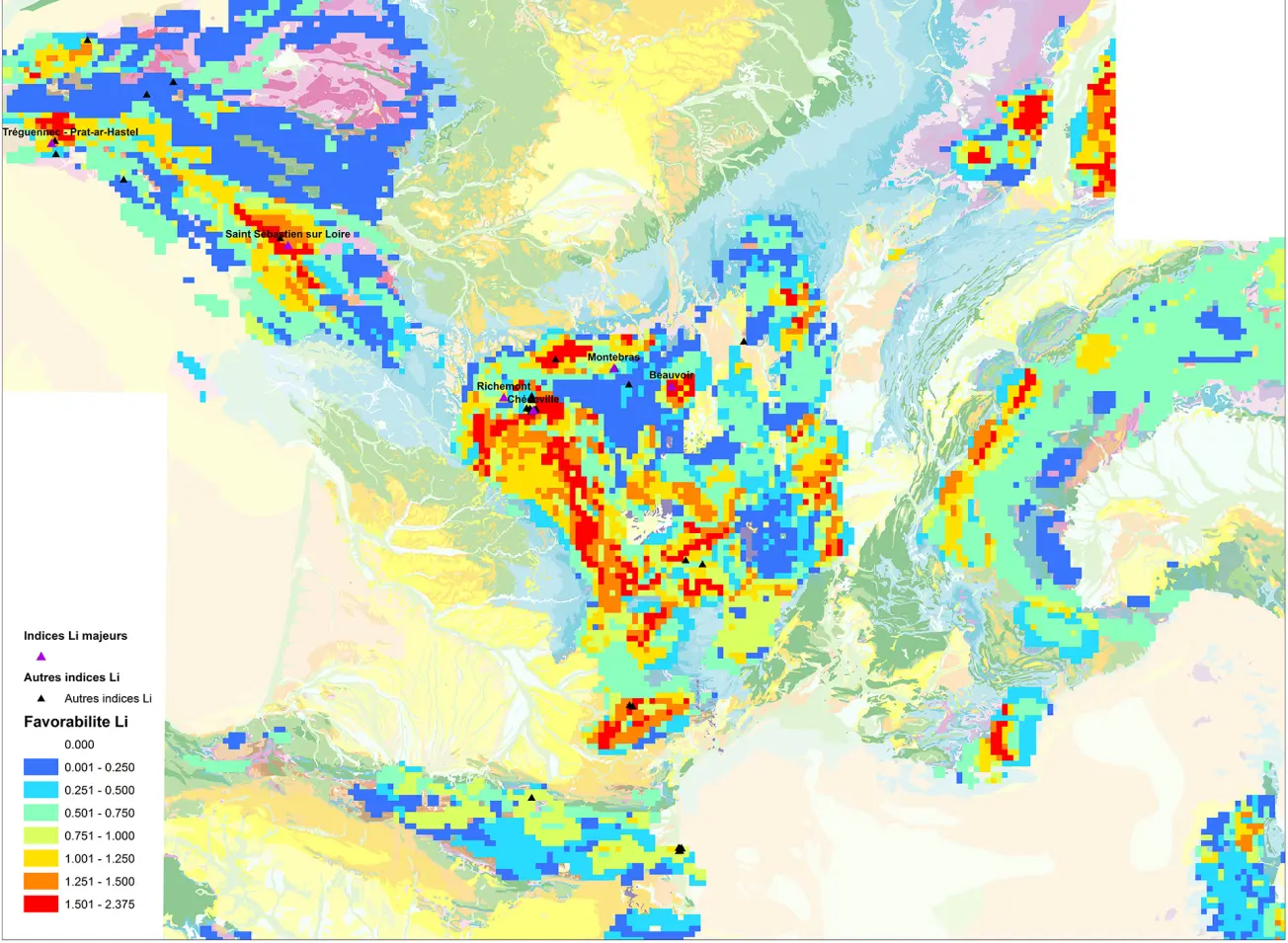
Map showing the probability of discovering lithium mineralisation in mainland France.
© BRGM
The need
In an international context of the need to reduce CO2 emissions and in which electromobility is becoming increasingly important, lithium consumption has doubled in ten years and the battery sector accounts for 40% of lithium use. Lithium production worldwide comes almost equally from brines and hard rocks. In mainland France, several concentrations of lithium, in the form of hard rocks, have been known for a very long time and are currently being exploited for the ceramics and glass industry. However, until now, a catalogue of these lithium resources had not yet been made nor had their potential been assessed.
The results
The study reviewed the uses and market for lithium in 2018, as well as the metallogeny and types of lithium deposits in the form of hard rocks, mineral extraction processes and an overview of deposits and exploration projects in Europe. In France, three types of mineralisation bear most of the known resource: lithiniferous pegmatites, rare metal granites and associated greisens. The synthesis of deposits and districts on the French mainland reveals the following elements:
- 41 lithiniferous mineralisations, belonging to 6 different types of deposit have been identified in France,
- 4 rare metal granites or rhyolites and one greisen currently contain the bulk of the resource, subdivided into 23,564 t Li2O measured, 65,895 t Li2O indicated and 443,200 t Li2O assumed.
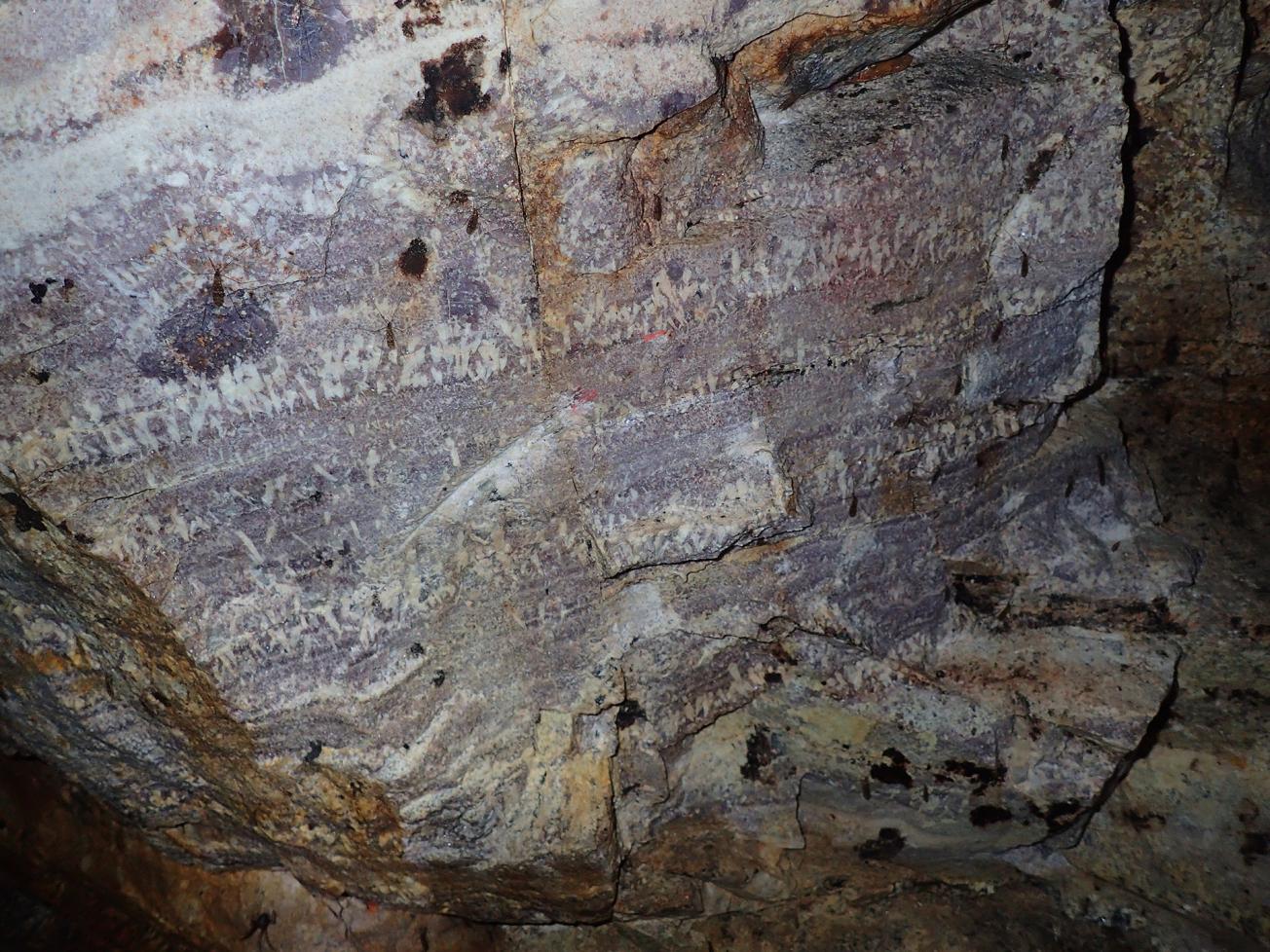
Example of lithium mineralisation which caused the violet colour of this magmatic rock at Ambazac (Haute-Vienne), in the Limousin region.
© BRGM - Eric Gloaguen
Using the results
All the results of this study have now been made available on the MineralInfo website to facilitate their use. The analysis and evaluation of the potential by the Cell-Based Association predictive method shows that it is high. The Massif Central clearly appears to be the most promising area for mineral exploration, particularly its western, northern, central and eastern parts. The southern Armorican Massif and the isolated Variscan massifs of the Montagne Noire, Maures-Tanneron and Vosges and the external crystalline massifs of the Alps also appear to be very favourable. For tactical prospecting, the recommended targets are the evaluation of the potential of the Richemont dyke and Montebras granite. For strategic prospecting, it is suggested that priority be given to searching for rare metal granites in the Beauvoir, Montebras, Richemont and Tréguennec districts and to prospecting for new areas, primarily the Montebras – Montmarault massif – Beauvoir triangle, the northern Margeride and the western flank of the Millevaches massif.
The partners
Bureau des Ressources Minérales de la Direction Générale de l’Aménagement, du Logement et de la Nature (Ministère de la Transition écologique et solidaire) [Mineral resources bureau of the General Directorate for spatial planning, housing and nature (Ministry for ecological transition and inclusion)]

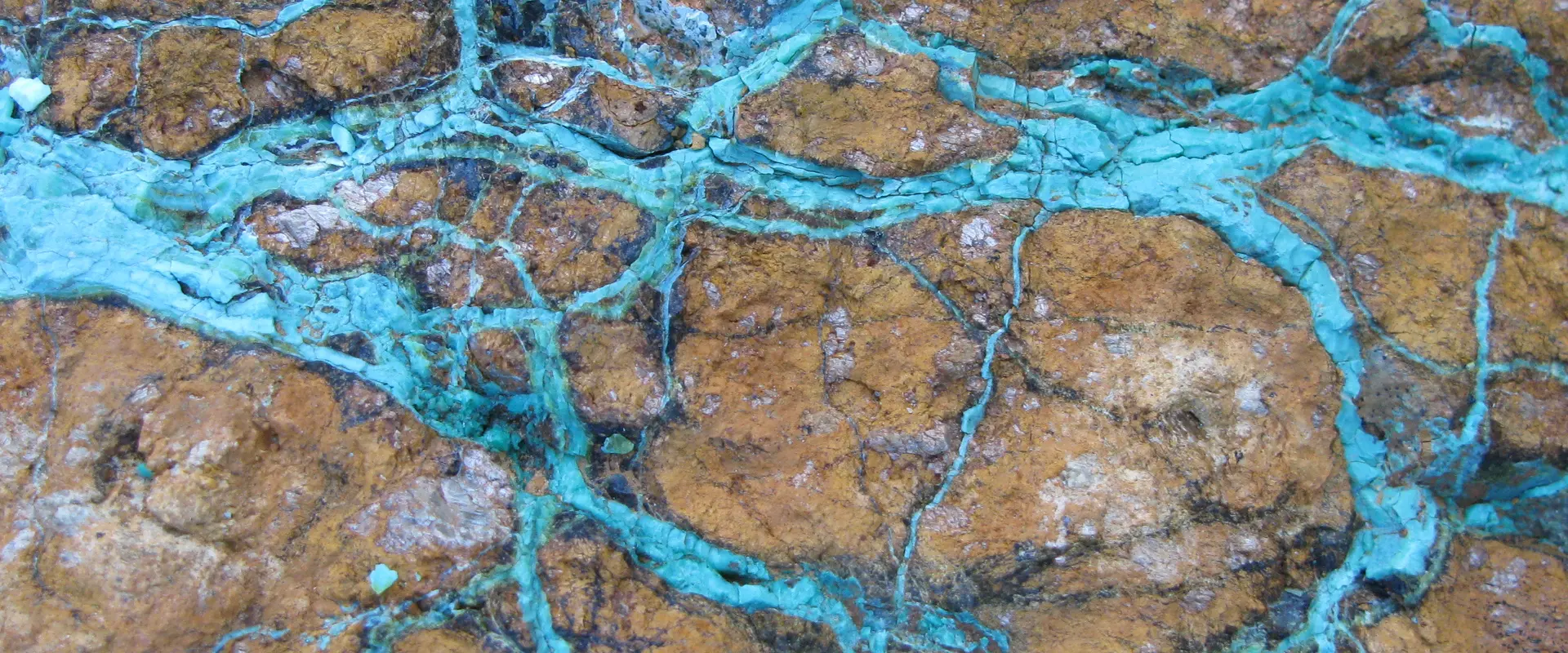
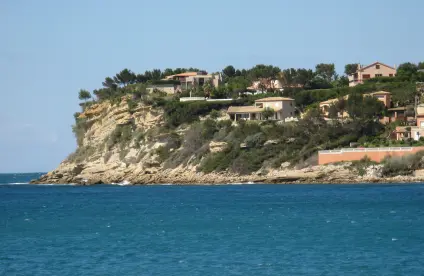

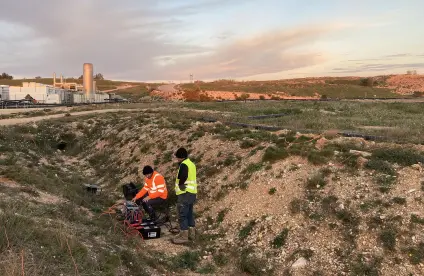
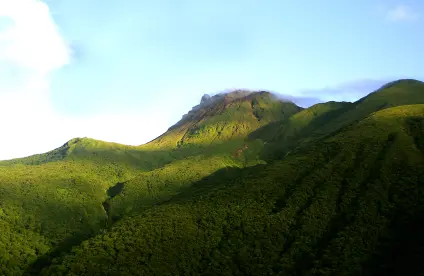

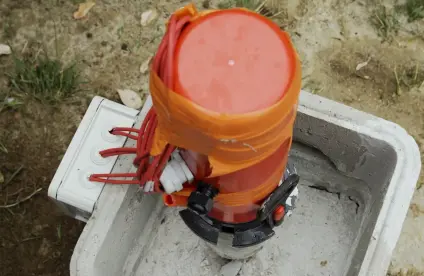
The most favourable areas are shown in red.